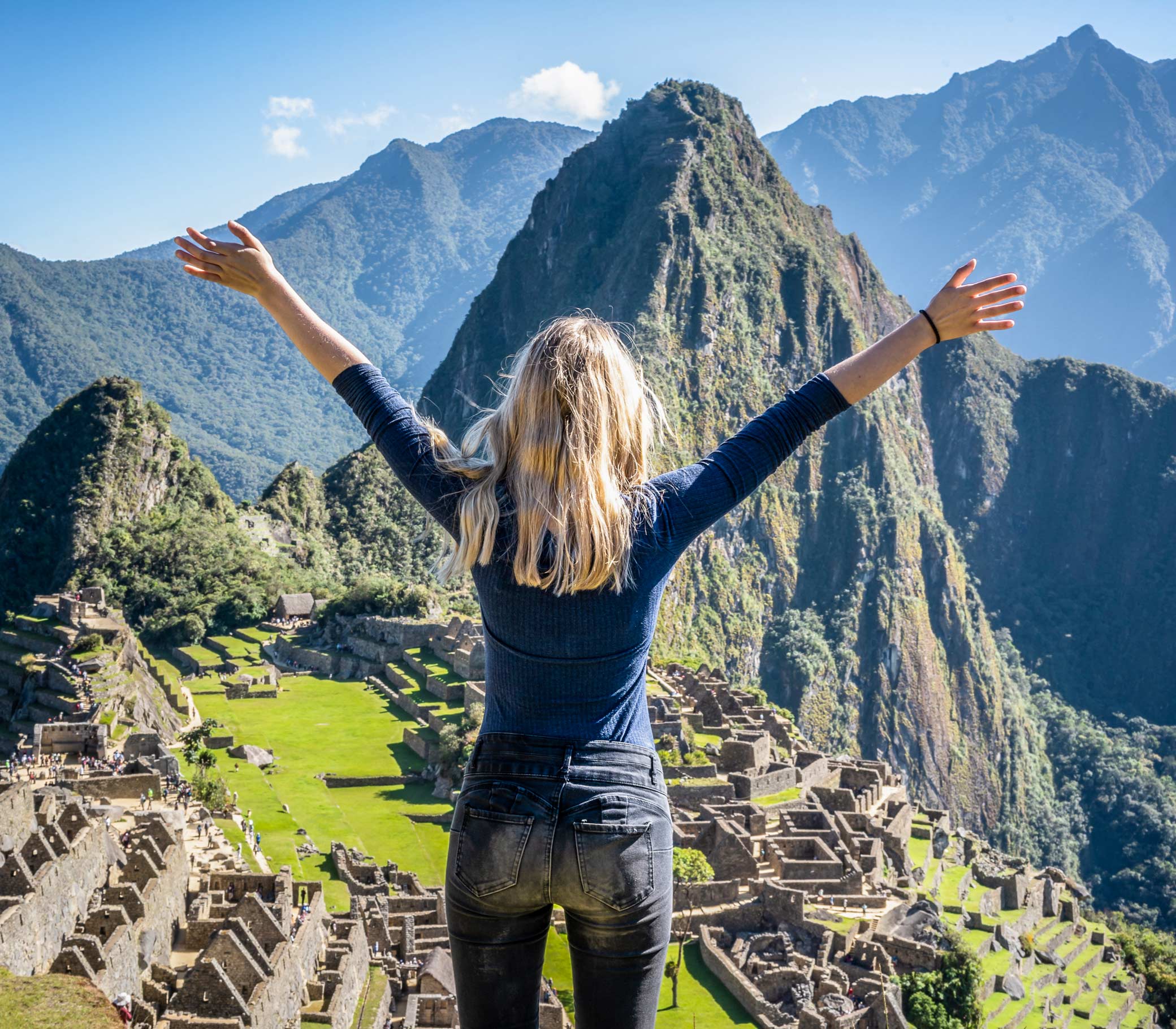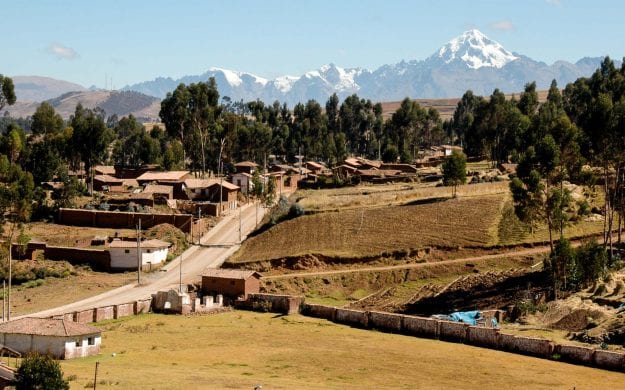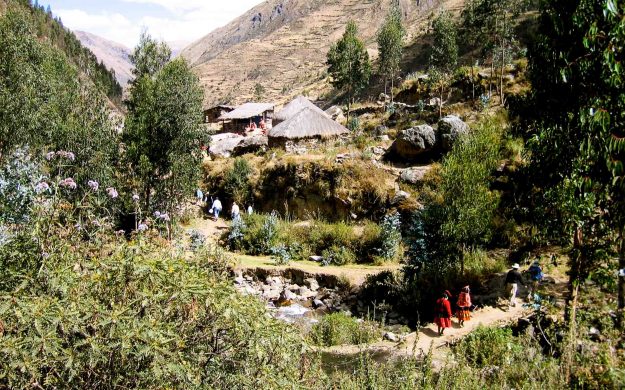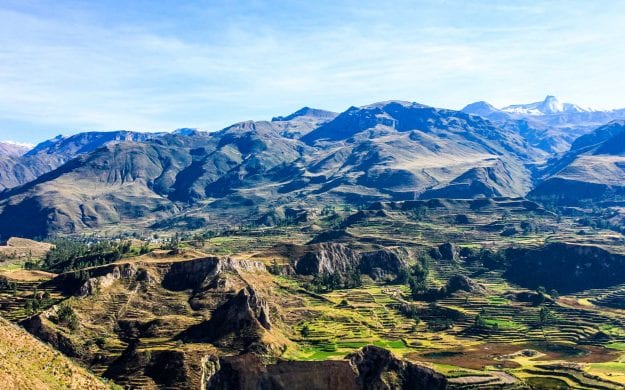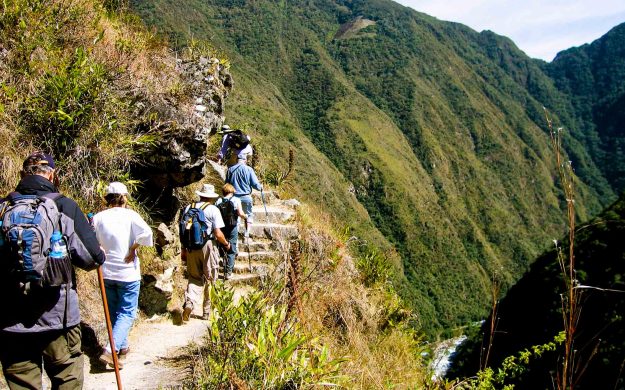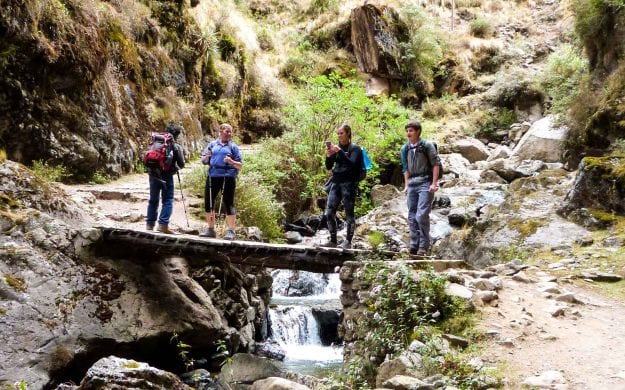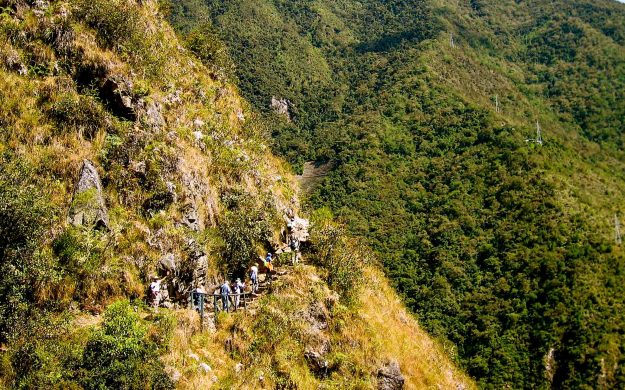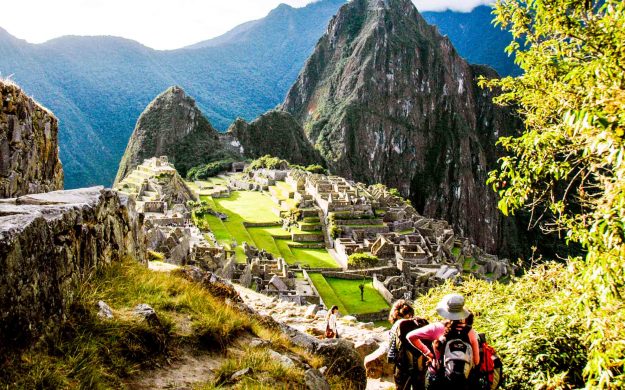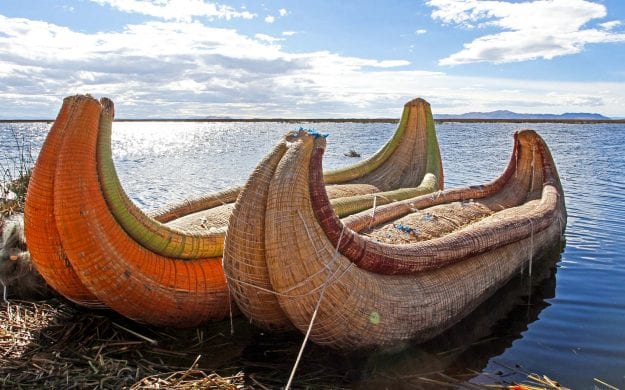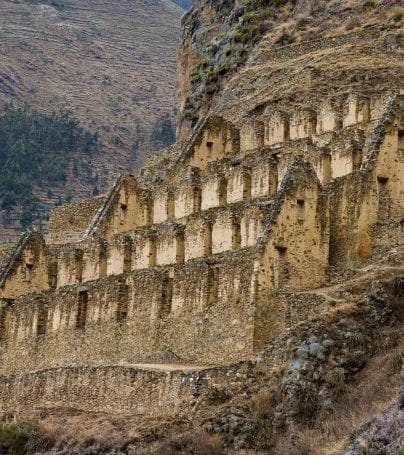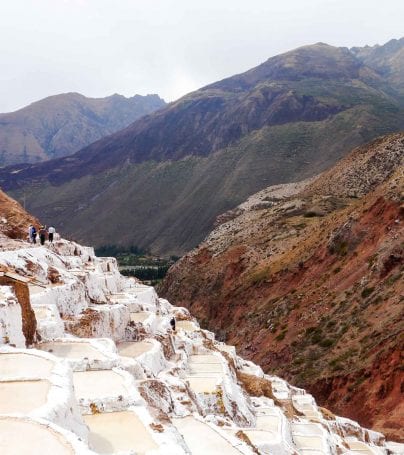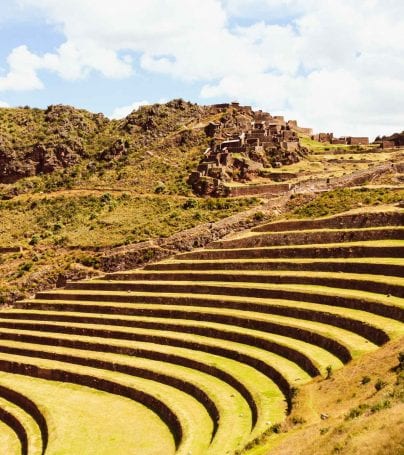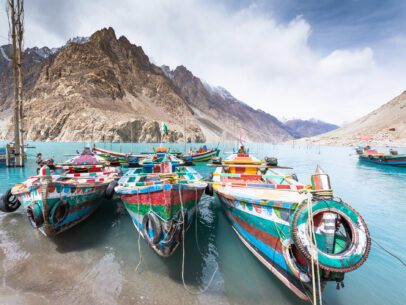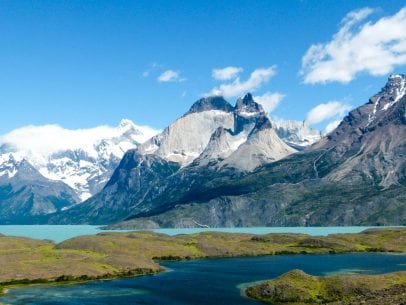Machu Picchu Adventure Tours
Machu Picchu (Quechua: Old Peak; sometimes called the “Lost City of the Incas”) is a well-preserved pre-Columbian Inca ruin located at 2,430 meters (7,970 feet) on a mountain ridge. Machu Picchu is located above the Urubamba Valley in Peru, about 70 kilometers (44 miles) northwest of Cusco. Forgotten for centuries by the outside world, although not by locals, it was brought back to international attention by archaeologist Hiram Bingham, who rediscovered it in 1911 and wrote a best-selling work about it.
History
Machu Picchu is probably the most familiar symbol of the Inca Empire. Since 1983 the site has been designated as a United Nations Educational World Heritage Site.
It is thought that the city was built by the Sapa Inca Pachacuti, starting in about 1440, and was inhabited until the Spanish conquest of Peru in 1532. Archaeological evidence (together with recent work on early colonial documents) shows that Machu Picchu was not a conventional city, but a country retreat town for Inca nobility (similar to the Roman villas). The site has a large palace and temples dedicated to Inca deities around a courtyard, with other buildings for support staff. It is estimated that a maximum of only about 750 people resided in Machu Picchu at any one time, and probably only a small fraction of that number lived in the town during the rainy season and when none of the nobility were visiting.
It is thought that the site was chosen for its unique location and geological features. It is said that the silhouette of the mountain range behind Machu Picchu represents the face of the Inca looking upward towards the sky, with the largest peak, Huayna Picchu (meaning Young Peak), representing his nose.
In 1913, the site received significant publicity after the National Geographic Society devoted their entire April 1913 issue to Machu Picchu.
The Machu Picchu Sanctuary
In 1981 an area of 325.92 square kilometers surrounding Machu Picchu was declared a “Historical Sanctuary” of Peru. This area, which is not only limited to the ruins themselves, also includes the regional landscape with its flora and fauna, highlighting the abundance of orchids.
The firmest theories maintain that it was an Incan “llacta,” a settlement built up to control the economy of the conquered regions. It was the most beautiful llacta of the Incan empire, and would have been built with the specific purpose of protecting the most select of the Incan aristocracy in the event of an attack. It seems it was used in a particular moment as Zapa Inca’s “resting place” and also as an “observatory.” This has also been considered a sacrificial chamber.
According to the archaeologists, Machu Picchu was divided in three great sectors: the Sacred District, the Popular District, to the south, and the District of the Priests and the Nobility (royalty zone).
Located in the first zone are the primary archaeological treasures: the Intihuatana, the Temple of the Colors, and the Room of the Three Windows. These were dedicated to Inti, their sun god and greatest deity.
In the royalty area, a sector existed for the nobility: a group of houses located in rows over a slope; the residence of the Amautas (wise persons) was characterized by its reddish walls, and the zone of the Ñustas (princesses) had trapezoid-shaped rooms.
The Monumental Mausoleum is a carved statue with a vaulted interior and carved drawings. It was used for rites or sacrifices.
Architecture
All of the construction in Machu Picchu uses the classic Inca architectural style of polished dry-stone walls of regular shape. The Incas were masters of this technique, called ashlar, in which blocks of stone are cut to fit together tightly without mortar. Many junctions are so perfect that not even a knife fits between the stones.
The Incas never used the wheel in any practical manner. How they moved and placed enormous blocks of stones is a mystery, although the general belief is that they used hundreds of men to push the stones up inclined planes. The Incas did not leave any documentation about that process because they did not employ writing.
The space is composed of 140 constructions including temples, sanctuaries, parks, and residences.
There are more than one hundred flights of stone steps – often completely carved in a single block of granite – and a great number of water fountains, interconnected by channels and water-drainages perforated in the rock, designed for the original irrigation system. Evidence has been found to suggest that the irrigation system was used to carry water from a holy spring, to each of the houses in turn, the order being dictated by the perceived holiness of the inhabitants.
Incan Road System
Among the thousands of roads constructed by the pre-Columbian cultures in South America, the roads of the Inca were some of the most interesting. This network of roads converged at Cusco, the capital of the Inca Empire. One of them went to the city of Machu Picchu. The Incas distinguished between coastal roads and mountain roads, the former was called Camino de los llanos (road of the levels) and the latter was called Cápac Ñam.
Today, thousands of tourists walk the Inca roads – particularly The Inca Trail – each year, acclimatizing at Cusco before starting on a two to four day journey on foot from the Urubamba valley up through the Andes mountain range.
The Rediscovery
On July 24, 1911, Machu Picchu was brought to the attention of the West by Hiram Bingham III, an American historian then employed as a lecturer at Yale University. He was led there by locals who frequented the site. This explorer/archaeologist began the archaeological studies there and completed a survey of the area. Bingham coined the name “The Lost City of the Incas,” which was the title of his first book.
Bingham had been searching for the city of Vitcos, the last Inca refuge and spot of resistance during the Spanish conquest of Peru. In 1911, after various years of previous trips and explorations around the zone, he was led to the citadel by Quechuans who were living in Machu Picchu in the original Inca infrastructure. Bingham made several more trips and conducted excavations on the site through 1915. He wrote a number of books and articles about the discovery of Machu Picchu.
During the early years in Peru, Bingham built strong relationships with top Peruvian officials. As a result, he had little trouble obtaining necessary permission, paperwork, and permits to travel throughout the country and borrow archeological artifacts. Upon returning to Yale University, Bingham had collected around 5,000 such objects to be kept in Yale’s care until such time as the Peruvian government requested their return. Recently, the Peruvian government requested the return of all cultural material, and at the refusal of Yale University to do so, was forced to consider legal action. With the oncoming change of government administrations in Peru, this action may be delayed for some time.
Simone Waisbard, a long-time researcher of Cusco, claims Enrique Palma, Gabino Sánchez, and Agustín Lizárraga left their names engraved on one of the rocks there on July 14, 1901, having re-discovered it before Bingham. If this is true, however, no word of their finding ever made it to the outside world; Bingham’s work brought Machu Picchu to the world’s attention.
Visiting Machu Picchu
All visits to Machu Picchu at some point leave from Cusco, which can be reached via a domestic flight from Lima, or international flight from La Paz, in Bolivia. Taking the tourist train from Cusco (which takes 3.5 hours to get to Machu Picchu), you have several options.
The most common way is to take the train to Machu Picchu in the morning, explore the ruins for a few hours and return to Cusco in the afternoon. The train terminates at Puente Ruinas station, where buses take tourists up the mountain to Machu Picchu. Strangely, Machu Picchu station is at Aguas Calientes (2 km before Puente Ruinas station) but is not the station used by tourists on a day trip.
Another option is to hike the Inca Trail, on either a four-day or two-day version, both of which are controlled by the government. They require travelers to be reasonably fit. The trip takes a few days, and involves sleeping in tents.
Another option is to stay overnight near the ruins themselves, rather than return on the same day. There are many hotels at nearby Aguas Calientes, or the more expensive Machu Picchu Sanctuary Lodge, the only hotel located at Machu Picchu itself. Buses run from Aguas Calientes to the ruins throughout the day, an 8 km ride up the mountain.
A helicopter service from Cusco to Aguas Calientes, via a 24 passenger Russian Mi-8 helicopter, is also available. Helicopter flights direct into Machu Picchu stopped in the 1970s due to concern about their damage to the ruins.
Customize Your Dream Adventure
We are here to help craft tailor-made adventures for individuals, couples, families, and groups of explorers.
